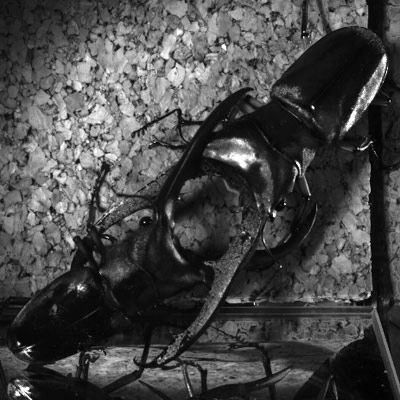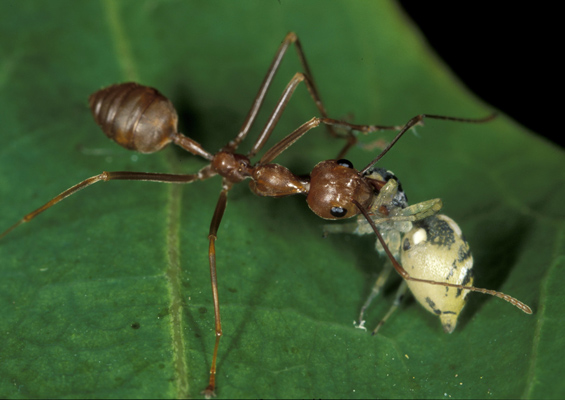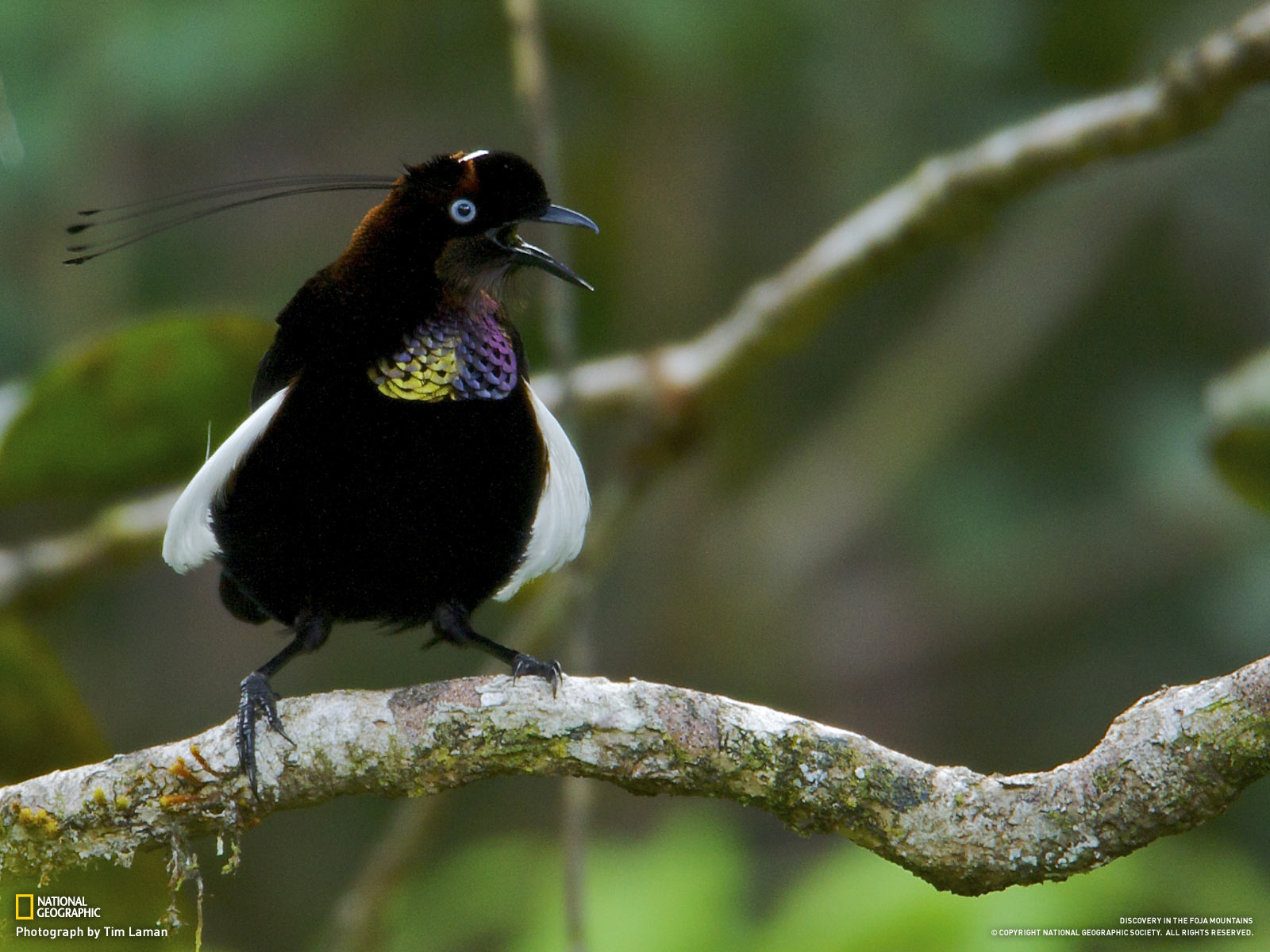
Oyster Wears Glass Armor
Science, March 2014The windowpane oyster sports a shell so transparent and durable that some Indian and Philippine cities use the coverings as an affordable alternative to window glass. Yet windowpane oyster (Placuna placenta) shells are made up of 99% calcite, a usually brittle material, with a small amount of organic material. A team of researchers wondered how the shellfish’s fingernail-thick armor could survive multiple blows while remaining transparent, a feat unmatched by humanmade materials.






